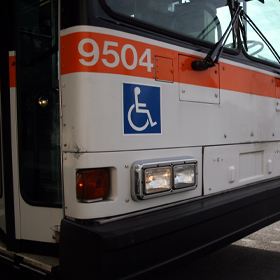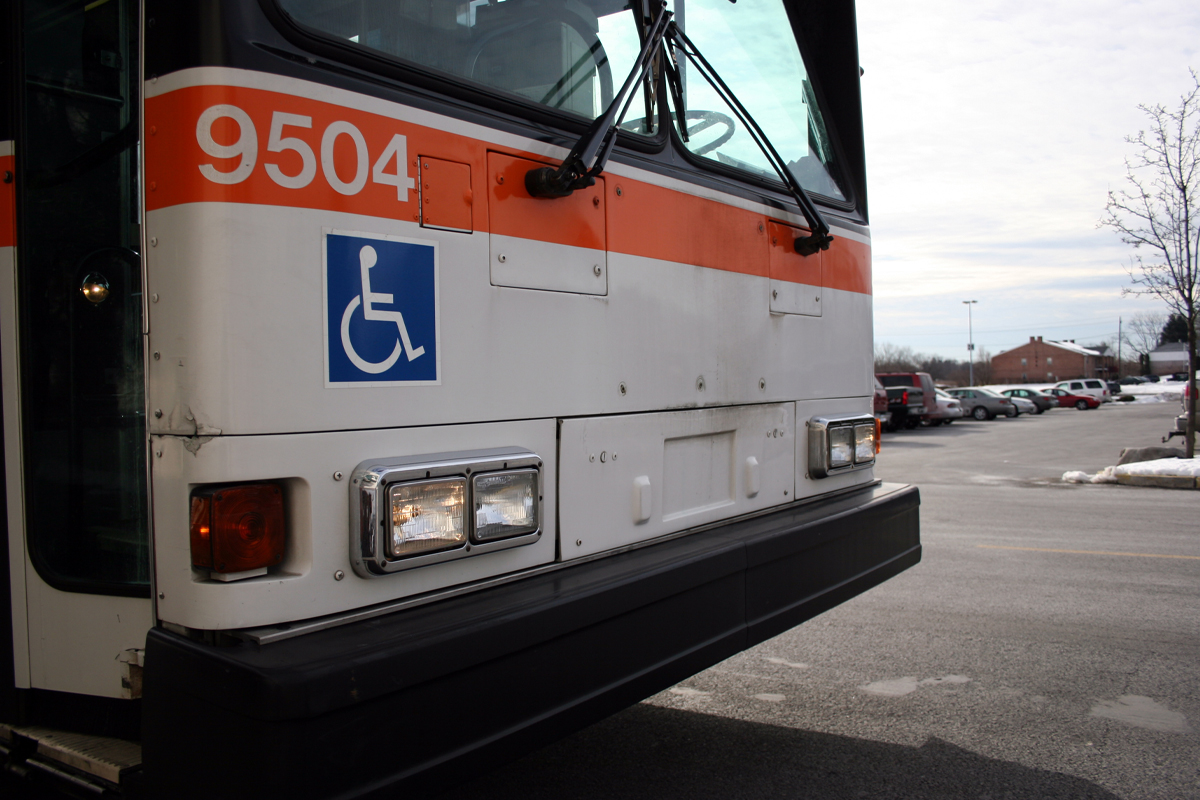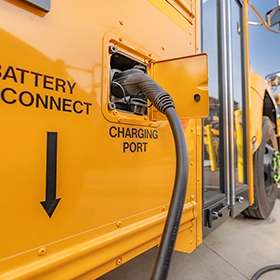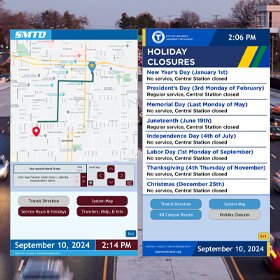Home » News & Resources » Commuters/Commuting » Improving Accessibility in Transit

Improving Accessibility in Transit
Transit systems have worked on improving accessibility in the last 30 years; but it's still nowhere near where it should be.
Improving Accessibility in Transit
Published: 08/23/2022

Transit systems have worked on improving accessibility in the last 30 years. But it's still nowhere near where it should be. Nowadays, people with disabilities still don't have access to reliable public transportation that is consistent. This is according to the U.S. Transportation Secretary, Pete Buttigieg.
With President Biden's Bipartisan Infrastructure Law, the All Stations Accessibility Program (ASAP) was created. This program provides federal grants to assist eligible agencies in financing projects. These projects allow the upgrade of older public transportation systems for people with disabilities.
Bipartisan Infrastructure Law
On WhiteHouse.gov, it states that the law will help "improve transportation options for millions of Americans and reduce greenhouse emissions through the largest investment in public transit in U.S. history". Not only to improve accessibility, but also reducing the carbon footprint.
As a refresher, the Bipartisan Infrastructure Law is a once-in-a-generation investment in the nation's infrastructure; providing billions to different sectors; including public transportation.
The law will provide $1.75 billion to help improve some of the oldest public rail transportation systems. This will allow to create and upgrade more elevators, ramps and other facilities. Also, riders that use a wheelchair can reliably use these transit systems.
ASAP Program
The ASAP program also provides funds to improve airport terminals; so people with disabilities can move around as easy as anyone else traveling.
The funding and the ASAP program can allow not only upgrades to the rail system, but also some other improvements such as relocation of infrastructure for passenger use.
Accessibility is one of the most challenging issues that public transit agencies face; and most times it is because of the lack of funds. The intention within the agency is there to improving accessibility; and hopefully in the next few years, we can see the improvements for people with disabilities. And this will be thanks to the Bipartisan Infrastructure Law in conjunction with the ASAP program.
Categories
Public TransitTransit Ridership
Mask Mandate
Commuters/Commuting
Transit Display/Digital Signage
Accessibility Commuter Rail
Recent Posts

Electric School Buses Driving Towards a Greener Future
Electric school buses are currently on high demand, and following the trend of public transit with the transition to clean energy.

Redmon Transit Display Expands Digital Signage Capabilities
Redmon's Transit Display, a leading provider of digital signage solutions for public transportation, is excited to announce the release of new features for its industry-leading digital signage system.